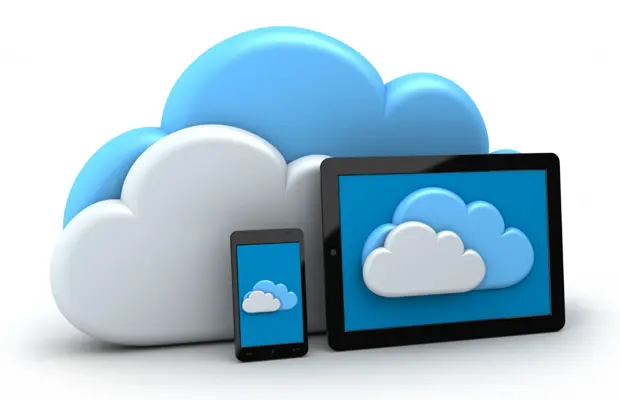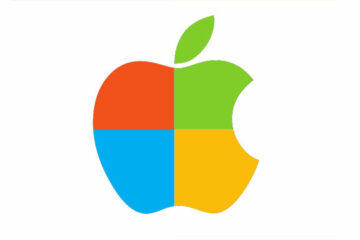There is no question that the cloud is the future – it’s cost-effective and customizable in a way the traditional PC could never hope to be. So it’s no surprise that more and more organizations are bringing their businesses to a new level by adopting cloud computing.
Obviously, today the cloud has a significant impact on how businesses and individuals fulfill their digital needs. Let’s take a closer look at what cloud technology will bring us in the near future.
The role of CIOs will change significantly
The Chief Information Officer’s role will change significantly over the next several years. As organizations started adopting technology to solve business problems, the role of CIOs has become increasingly important. Now their primary goal is to work on new opportunities to support business strategy, analyzing and implementing new ideas to make the best of technology resources. So IT and CIOs will be more focused on driving growth through innovative business ideas.
The new generation of CIOs will concentrate on achieving strategic value from the use of technology. The Gartner CIO Agenda Report covers this idea in more depth.
The era of PC dominance is gone
Gartner research predicts that by 2014, the traditional PC will be replaced by personal cloud services as the center of users’ digital lives. The facts support this prediction: worldwide PC sales decreased for a fifth consecutive quarter in the April-June 2013 period, the longest decline in the PC market’s history, according to Telegraph.co.uk.
The biggest PC manufacturers, such as Lenovo, Dell, Acer, Asus and even Apple, experienced a significant decrease in sales. For example, in 2013, Dell’s net income for its fiscal second quarter was down 72% percent from the same quarter a year ago, New York Times says.
Cloud and mobile will become one
The consumerization of mobile computing is growing rapidly. The huge increase in demand for non-PC devices, such as smartphones and tablets, speeds up application development for mobile computing.
According to the latest study from Juniper Research, HTML5 will revolutionize mobile computing and the market for cloud-based mobile applications will grow 88% from 2009 to 2014.
Forrester analyst James Staten predicts that cloud and mobile will merge. Architecturally, cloud and mobile will soon be synonymous. As Rick Blaisdell points out, “the combination of mobile and cloud technologies seems a match made in heaven”.
The growing role of the personal cloud
With personal cloud services, such as Apple iCloud, Google Drive, and Dropbox, users can access their data from anywhere via the Internet. However personal clouds are not just personal, but they are actively used in business. The traditional enterprise IT solutions are expected to be substituted by personal cloud by 2014.
Personal cloud will completely change users’ experience because of its great level of flexibility. As mentioned before, in the near future, the personal cloud will completely replace the PC as a primary location for personal content. The personal cloud will be considered as a portable, reliable, always available place to go for all personal and business needs — from storage to multi-functional web services.
Subscription model for cloud computing
The benefit of the cloud subscription model is its great scalability and flexibility. The main idea here is that you only pay for a certain amount of services instead of purchasing a full downloadable version of an app. The subscription is paid on a monthly basis and can be terminated any time. As an example, a cloud-based subscription model is used by Adobe for many of its most popular applications.
The Internet of Things
The Internet of Things basically represents an idea of physical objects communicating and interacting with each other online. Internet-connected devices will be widely used at home (from coffee pots to smart outlets), as well as in business (vending machines and cars). Bringing physical objects online obviously makes our everyday and business life easier. The opportunities provided by the Internet of Things are endless.
Disaster recovery using the cloud
Cloud computing is becoming an increasingly beneficial and affordable way to put a disaster recovery plan in place. Small businesses and startups will see cloud services as an easy and quick way to back up their data on a regular basis with the added benefit that the data can be accessed from multiple places and devices when needed.
That’s a small overview of what cloud computing is going to bring us. Are there any cloud trends we’ve forgotten to mention here? Or do you have an inspirational story on how the cloud has transformed your business? Share your opinion with us – leave your comments below!
About the Author
Kate Podorvanova is a Social Media Marketer at GroupDocs – a web-based service for online document sharing, collaboration and management.














